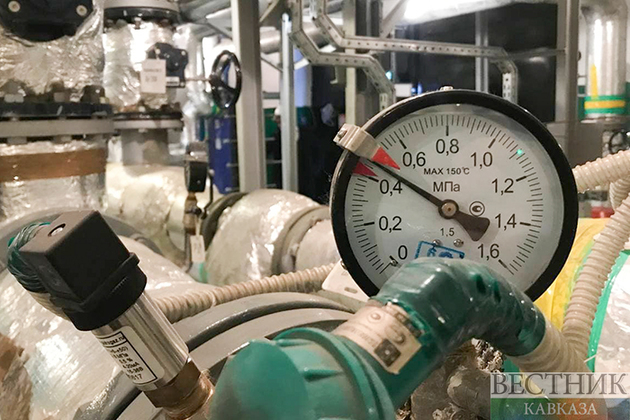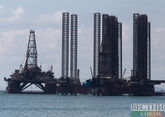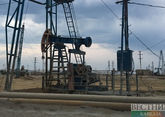Recently, plans have been announced by Spain, Portugal, and Germany to connect the vast Iberian LNG regasification and storage industry to other European markets. While German Prime Minister Scholz argued that the Iberian gas market should be directly linked to its European neighbors in an attempt to avoid a major supply shortage this winter, French politicians appear less than happy at the suggestion. It seems Paris either doesn’t see the move as necessary or has some internal political and economic objections to the plans, Oil Price writes.
A plan to build a pipeline from Spain to France in order to get this natural gas across Europe was canceled in 2019 due to economic and environmental reasons. While European politicians are now hopeful that a new pipeline project could relieve the continent's supply shortage, its effect won’t be felt for years. The Iberian Peninsula holds around 30% of total Europe’s LNG processing capacity and yet it is not well connected to the rest of Europe.
German Chancellor Scholz’s statements last week about setting up a gas pipeline connection between Spain and Central Europe were met with enthusiasm by both Spain and Portugal. In a reaction last week, Portuguese PM Antonio Costa called on European leaders and institutions to fully support the pipeline project. Spanish minister of industry Reyes Maroto also put the full support of Madrid behind the plans. The LNG that is already in place, and also new volumes, could be sent via a new pipeline to France and further. At the same time, there also are discussions over a new gas pipeline between Spain and Italy, avoiding France due to its objections over the first pipeline plan.
It seems that the main issues at play here are environmental and economic. The pipeline project, which was originally attempted in 2013, was canceled in January 2019 for these same reasons. If that project hadn’t been canceled, European gas markets would be in far better shape today.
At present, the pressure on France is building, as Germany and many other North West and Central European countries are facing a potential gas crunch in the coming months. To set up the Pyrenees route is much more feasible than a subsea connection between Spain and Italy. Projected costs of the new project are slated to be around EUR600-700 million, a subsea link would be significantly more.
The Iberian Peninsula not only receives LNG from all over the world but it also is connected via pipelines to Algeria, meaning a multitude of inroads exists. However, there is no main interconnection between the Iberian gas pipeline infrastructure and the rest of Europe. Spain has six LNG regasification plants, including Europe’s largest, in Barcelona. Portugal has one too. Now all eyes will be put on the revived pipeline scheme. However, it is unlikely that it will be ready for the coming winter or even the following. The first attempt at pushing through this pipeline was in 2013, to connect Catalonia (Spain) to south-east France, but French objections and a lack of financing canceled it.
The optimism in Spanish newspapers and politics that this pipeline could be built within 8-9 months is very strange. The France-Spain connection would require laying another segment of pipeline to connect the Spanish grid to the French one, the normal implementation time frame of which is between 2 and 2.5 years, if all goes according to plan. Environmentalists and other NGOs would need to be forced not to interfere with the project. The Spanish grid operator Enagas stated clearly that the pipeline could be completed at a cost of 600 million-700 million euros in 2-1/2 years.
In the coming months, it is likely that more of these high-profile projects will be presented, not only by Portugal and Spain but most probably Greece or Italy too. The need to change the previous approach of the EU, EBRD, and others when it comes to financing and supporting new gas pipeline infrastructure projects is now clear. However, while politicians want to believe a solution can be immediate, the market reality is often very different.
Building a large-scale pipeline project is not only an issue of money and environmental problems but also technical issues and realistic time-frames. Europe, especially Germany, the Netherlands, and Central Europe, will need to deal with the fact that the current crisis has no short-term solutions. For the next couple of years, at least until 2024, Europe will suffer from a gas and potentially even an energy shortage. There are no short-term solutions to removing Russian gas dominance in the EU markets. LNG volumes currently flooding North West Europe and other places will likely fall in the next couple of months, as competition from Asia, the Middle East, and Latin America will hit supply. The optimism in European political circles is still the same, unrealistic. Brussels needs to set up a real energy strategy, supporting all available solutions if it hopes to counter Russia’s energy dominance in the future.
Europe’s hope that U.S. LNG will continue to flow to Europe in its current volumes is also misplaced. The first signs of U.S. LNG heading to Asia are already visible as winter approaches. US president Biden’s political future is also linked to natural gas prices for US consumers, meaning the pressure will grow on US politicians to keep more of its natural gas at home.










